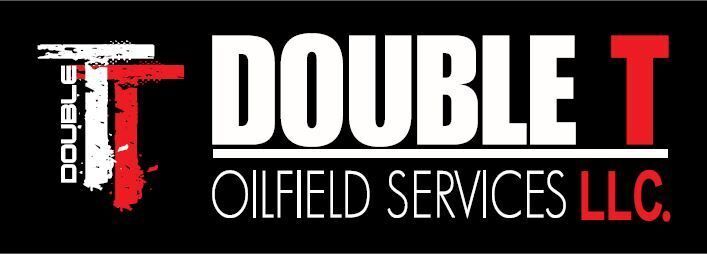Nobody is perfect; throughout our lives we can always strive for self improvement. Remember, that isn’t always an easy process. Everybody has a bad habit hiding somewhere in their closet that they’d like to see disappear.
Breaking a bad habit will help show you that you can make positive changes for good. Plus, it’ll help you live a happier life. As provided by WebMD, here are three tips to help kick a bad habit to the curb and start living your happiest, healthiest life.
Identify Why You Do It
Maybe there’s something that triggers your bad habit. Or, maybe you’re not quite sure what that is. It will be a process to figure out why you engage in the bad habit, but it’s worth it to help you stop doing that habit.
There are often certain circumstances or feelings that are associated with a bad habit that people don’t realize. Once you can figure out why you do something, it’s easier to help stop the habit in its tracks. You’ll come out feeling stronger, happier and more confident once you make even small steps toward kicking the habit.
Write it Down
Putting something in writing, for whatever reason, makes it more official. WebMD suggests logging your bad habit for at least a week. Write down every time you engage in the bad habit.
But not only should you write down when you do it; you should also write down why you did it. What was going through your head at the time? How did it make you feel? Write down all of your feelings and emotions to help make it more conscious. That’s one of the first steps to breaking the habit.
Find a Solution
Now that you’ve identified when you’re doing the habit and why, it’s time to take major steps toward stopping it. For example, if your habit is that you bite your nails, find a different solution for every time you want to do that. It could be putting gum in your mouth for the time being, or making sure your nails have a gross taste on them so you don’t do it.
Another suggestion involves wearing a rubber band around your wrist and snapping it each time you want to engage in the habit. You’ll create discomfort and negative feelings will be associated with the habit by doing this.
Remember, you’re not alone in your bad habit—everybody has one. Recognizing it and taking the steps to kick it to the curb will help you live a happier life. Plus, knowing that you had the power to overcome a bad habit is a pretty great confidence booster.
































